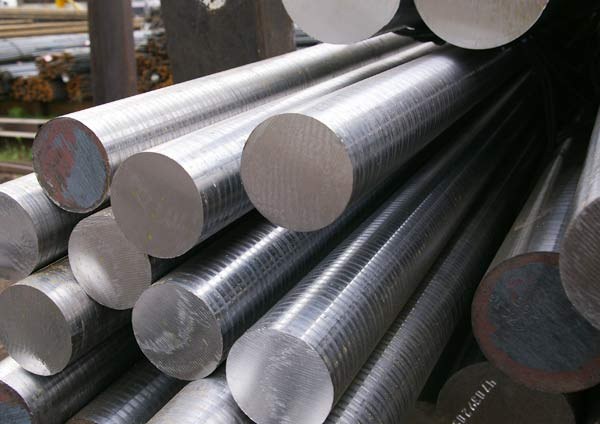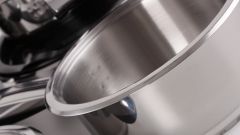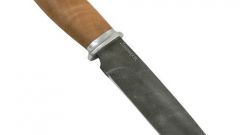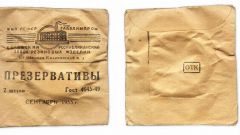The main property of stainless steel - almost complete resistance to corrosion under the influence of natural oxidation and aggressive environments. This feature became evident due to the higher chromium content in the original alloy. Also composed of stainless steel have the impurity of Nickel and various related production and brings additional properties of the elements: carbon, manganese, phosphorus, silicon, titanium and others. Depending on the percentage of additives is determined by the steel grade, which is recorded in accordance with Russian or international standards.
In the CIS countries is the most intuitive scheme for marking stainless steel. In accordance with the state standardization of production, any grade of stainless steel has the General form: 00Х11Н22М3, where each letter represents a chemical element and the number that comes after it - the contents of this element in the alloy. That is, the grade of steel 03Х17Н14М2 contains about 17% chromium, 14% Nickel and 2% molybdenum. In addition to these substances present in the steel and other components, the precise content of which can be found in the special table.
American standard does not always indicate the brand name, the composition of the alloy, and defines only the group and the family of stainless steels or product code. The entry of the brand has the following form: AISI 304 or AISI N08904. Exact match grades of steel and their composition can be set specifically for the table. In any case, the brand of wide application consists of three digits, and beginning with literal prefix N or S are special trains, which have no analogues in the domestic system of notation.
German manufacturer assigns a product code stainless steel grades which are closest to the standard CIS. The notation is called DIN, and the overall record marks about the following: X3CrNiMnMoNbN 23-17-5-3. That is, at the beginning of the notation specifies the type of stainless steel, followed by a listing of chemical elements that are present in the alloy as impurities, and in the end, you specify the content of these elements in the same order in which they were listed.
In Europe for steel grades accepted a conditional designation of the type 1.4301. The specified steel grade, for example, is an analogue of 08X18H10 in the notation of the CIS countries. In Europe it is customary to specify only the numeric code of the alloy, and the exact chemical composition and the appointment of a metal is determined by the tabular method.
Labelling of stainless steel according to GOST
In the CIS countries is the most intuitive scheme for marking stainless steel. In accordance with the state standardization of production, any grade of stainless steel has the General form: 00Х11Н22М3, where each letter represents a chemical element and the number that comes after it - the contents of this element in the alloy. That is, the grade of steel 03Х17Н14М2 contains about 17% chromium, 14% Nickel and 2% molybdenum. In addition to these substances present in the steel and other components, the precise content of which can be found in the special table.
Brand stainless steel in accordance with AISI
American standard does not always indicate the brand name, the composition of the alloy, and defines only the group and the family of stainless steels or product code. The entry of the brand has the following form: AISI 304 or AISI N08904. Exact match grades of steel and their composition can be set specifically for the table. In any case, the brand of wide application consists of three digits, and beginning with literal prefix N or S are special trains, which have no analogues in the domestic system of notation.
German marking stainless steel
German manufacturer assigns a product code stainless steel grades which are closest to the standard CIS. The notation is called DIN, and the overall record marks about the following: X3CrNiMnMoNbN 23-17-5-3. That is, at the beginning of the notation specifies the type of stainless steel, followed by a listing of chemical elements that are present in the alloy as impurities, and in the end, you specify the content of these elements in the same order in which they were listed.
Stainless steel with European label
In Europe for steel grades accepted a conditional designation of the type 1.4301. The specified steel grade, for example, is an analogue of 08X18H10 in the notation of the CIS countries. In Europe it is customary to specify only the numeric code of the alloy, and the exact chemical composition and the appointment of a metal is determined by the tabular method.




